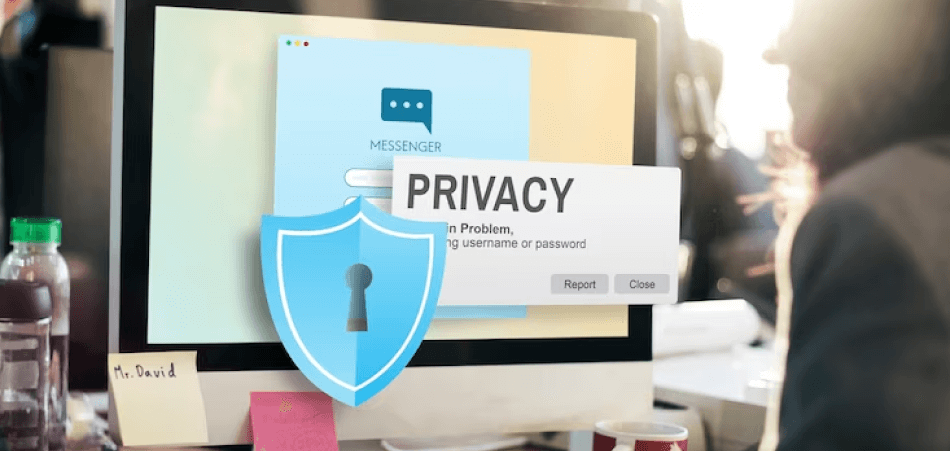
Understanding Zero-Day Attacks
A zero-day attack occurs when hackers exploit a previously undiscovered vulnerability in software or hardware. These vulnerabilities can be found in operating systems, browser software, applications, and even hardware components. The key characteristic of a zero-day vulnerability is its novelty; the vendor or the security community has not yet identified or addressed it, making it a potent weapon for attackers.
The Impact of Zero-Day Attacks
The impact of zero-day attacks can be devastating. They can lead to unauthorized access to sensitive data, disruption of services, and widespread system compromise. Since these vulnerabilities are unknown to the public and the vendors at the time of the attack, defending against them is particularly challenging. This can lead to significant financial losses, damage to reputation, and in some cases, critical impacts on national security or infrastructure.
Identifying Zero-Day Vulnerabilities
Identifying zero-day vulnerabilities before attackers can exploit them is a significant challenge. It involves continuous monitoring and analysis of software and hardware behavior for any anomalies that could indicate a vulnerability. Security researchers and ethical hackers often use techniques such as fuzzing (automated software testing) and reverse engineering to discover these vulnerabilities. Once identified, these findings are typically reported to the vendors so they can develop and release patches to fix the vulnerabilities.
Mitigation Strategies
Mitigating the risk of zero-day attacks requires a multifaceted approach. Here are some strategies:
1. Regular Updates: Keeping software and systems updated is critical. While zero-day vulnerabilities are, by definition, unknown at the time of the attack, regular updates can quickly patch these vulnerabilities once discovered.
2. Security Awareness: Educating employees about the risks of phishing and other tactics used to exploit zero-day vulnerabilities is crucial. A well-informed user is less likely to inadvertently introduce malware into a system.
3. Advanced Security Technologies: Employing advanced security solutions such as intrusion detection systems, anomaly-based detection, and behavior-based antivirus software can help identify and mitigate attacks that exploit unknown vulnerabilities.
4. Incident Response Planning: Having a robust incident response plan in place can greatly reduce the impact of a zero-day attack. This plan should include procedures for isolating affected systems, communicating with stakeholders, and restoring services in a secure manner.
5. Collaboration and Information Sharing: Participating in industry and government cybersecurity initiatives can provide early warnings about emerging threats, including zero-day vulnerabilities.
Examples of past security breaches
Zero-day attacks have made headlines numerous times over the years, targeting everything from individual users to large corporations and government agencies. Here are some notable examples that highlight the variety and severity of these threats:
1. Stuxnet (2010): Perhaps the most famous zero-day exploit, Stuxnet was a sophisticated worm that targeted supervisory control and data acquisition (SCADA) systems used in Iran’s nuclear program. It exploited multiple zero-day vulnerabilities in Windows to infect and spread across networks, ultimately causing physical damage to centrifuges used in uranium enrichment.
2. Sony Pictures Entertainment Hack (2014): While not a classic example of a zeroday attack in terms of exploiting unknown software vulnerabilities, the attack on Sony Pictures utilized previously unknown methods to gain access to the company’s network. This led to the leak of a vast amount of confidential data, including personal emails, unreleased movies, and sensitive personal information of employees.
3. WannaCry Ransomware Attack (2017): WannaCry was a global ransomware attack that affected more than 230,000 computers across 150 countries. It exploited a zeroday vulnerability in Microsoft Windows SMB protocol, known as EternalBlue, which had been leaked from the NSA’s arsenal of hacking tools. Despite Microsoft releasing a patch for the vulnerability two months before the attack, many systems remained unpatched and vulnerable.
4. Equifax Data Breach (2017): This breach exposed the personal information of approximately 147 million people. Attackers exploited a zero-day vulnerability in the Apache Struts web framework used by Equifax’s website. The vulnerability was known and a patch was available at the time of the attack, but the systems had not been updated, highlighting the importance of timely patch management in cybersecurity.
5. SolarWinds Hack (2020): In this sophisticated supply chain attack, hackers compromised the software build system of SolarWinds, a popular IT management tool, inserting a malicious backdoor into updates that were then distributed to customers. While not exploiting a traditional zero-day vulnerability in software, this attack exploited unknown vulnerabilities in the software development and distribution process, affecting thousands of businesses and government agencies worldwide.
6. Hafnium Exploits Against Microsoft Exchange (2021): Hafnium, a state-sponsored group operating out of China, exploited four zero-day vulnerabilities in Microsoft Exchange Server to access email accounts, install malware, and create web shells for continued access. This attack affected tens of thousands of organizations globally and prompted emergency patches from Microsoft.
Conclusion
Zero-day attacks represent one of the most significant threats in cybersecurity today. Their unpredictable nature and potentially devastating impacts make them a top concern for security professionals. While it is impossible to prevent all zero-day attacks, adopting a proactive and comprehensive approach to security can significantly reduce their likelihood and mitigate their impact. As the digital landscape continues to evolve, so too must our strategies for defending against these sophisticated threats.



